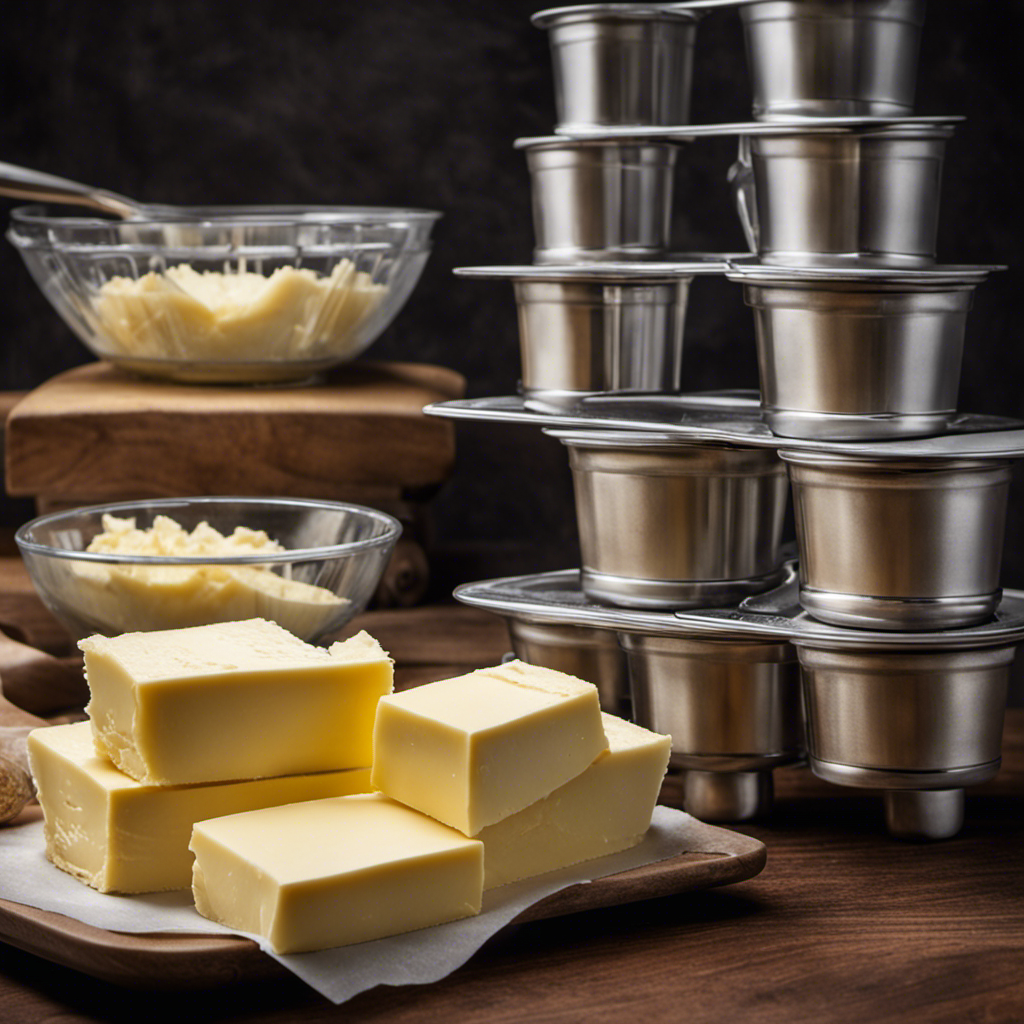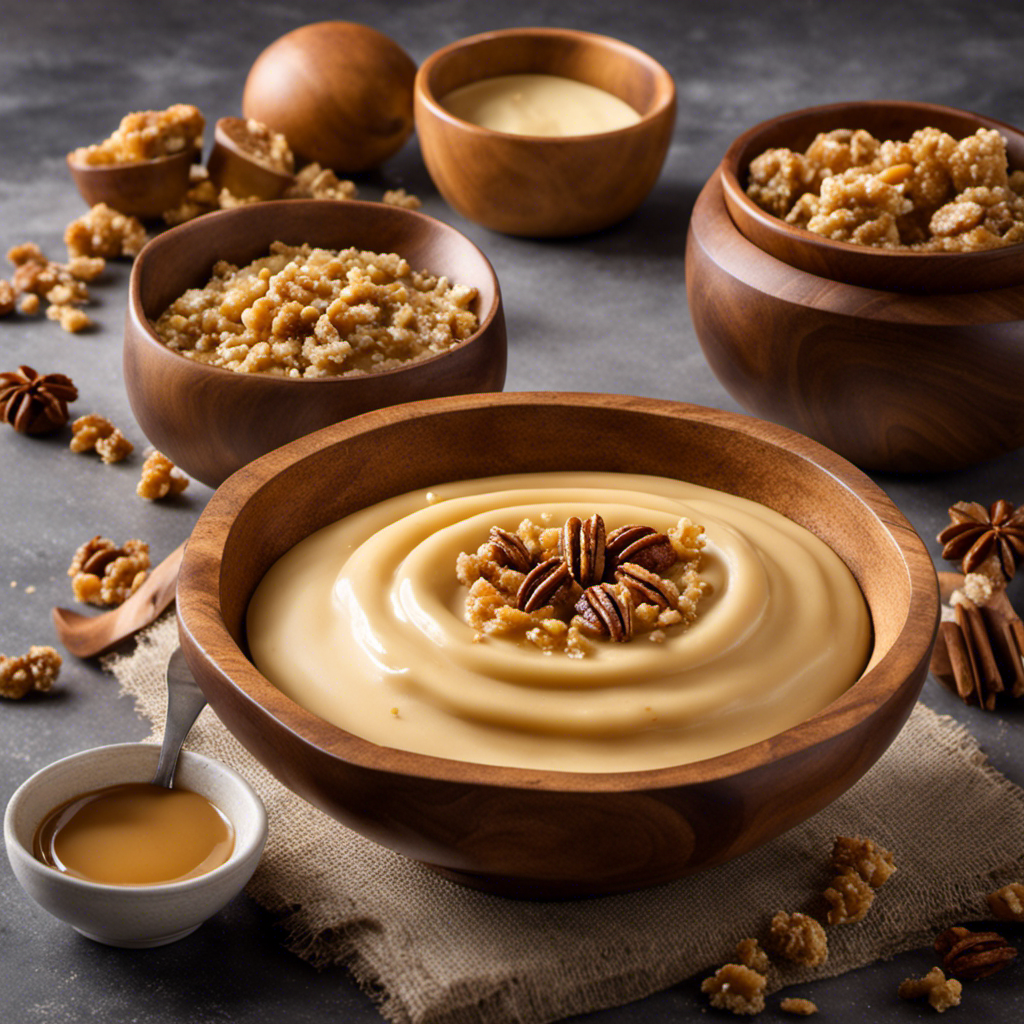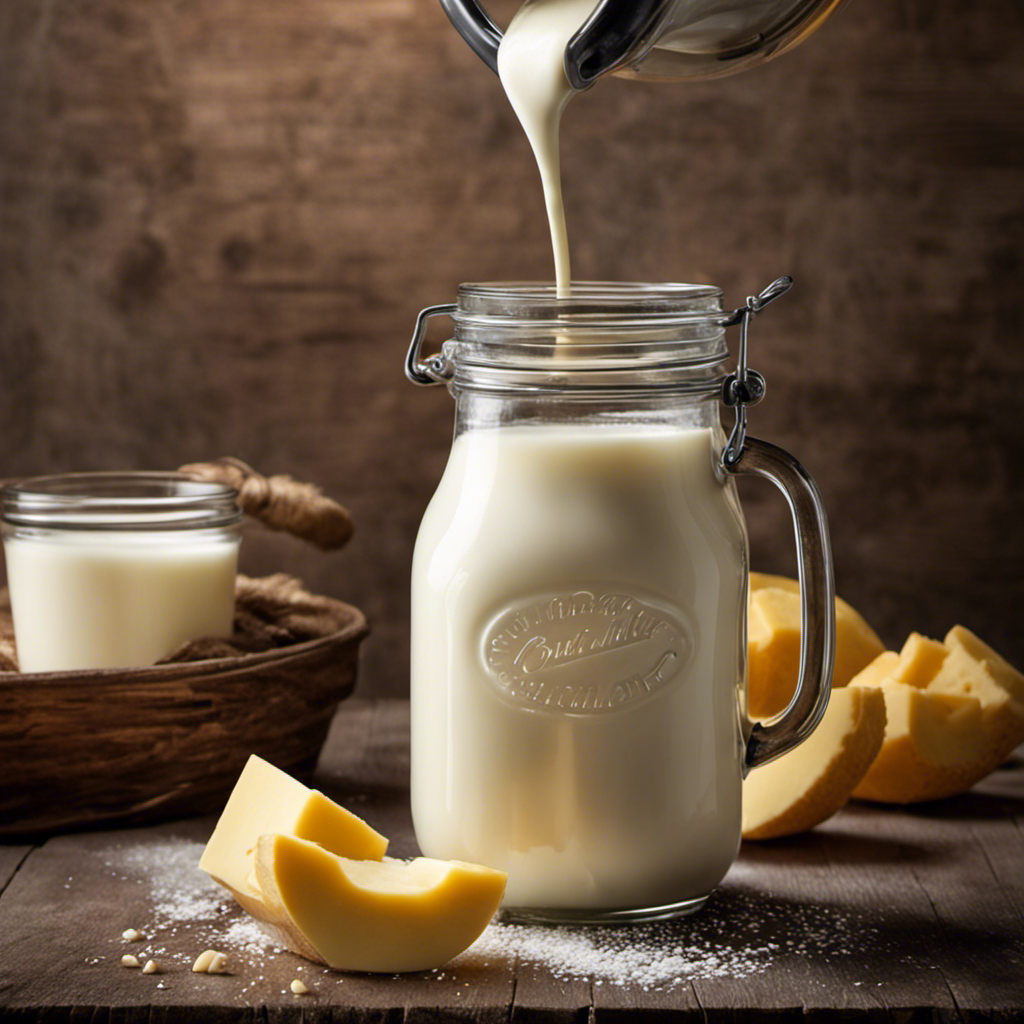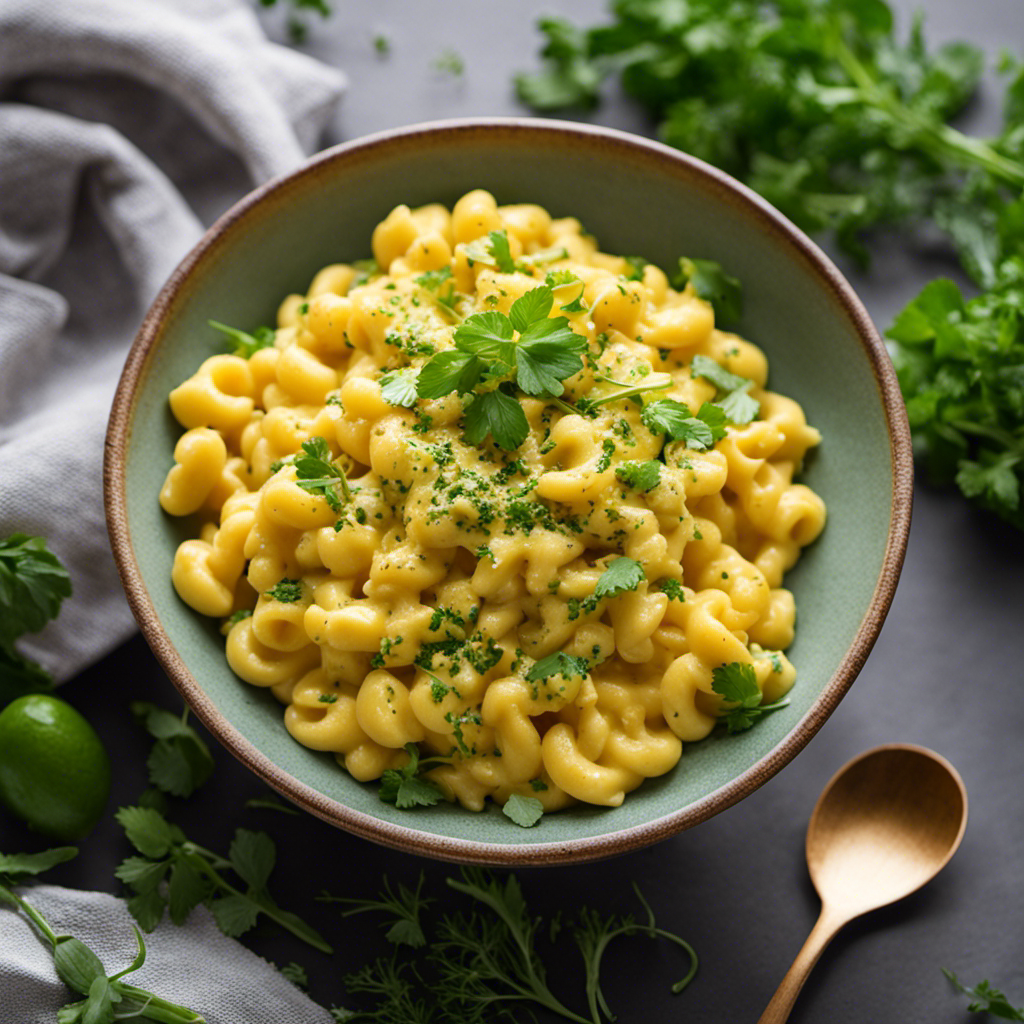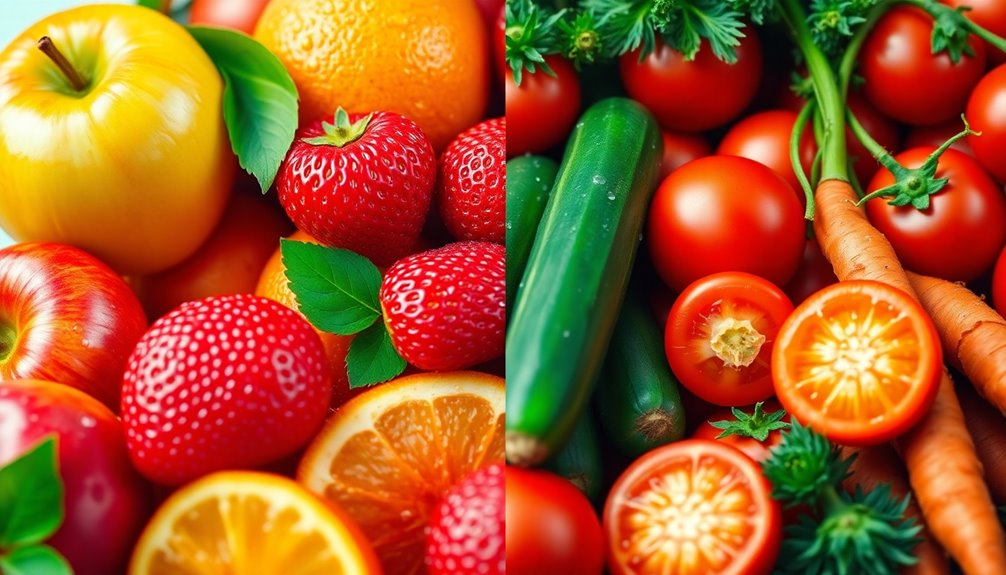Were you aware that 200 grams of butter is equal to around 0.85 cups?
As a food scientist, I understand the importance of precise measurements when it comes to cooking. In this article, I will guide you through the process of converting grams to cups and help you calculate the exact amount of butter you need.
Whether you’re baking or cooking, knowing the right measurements is crucial for achieving the perfect result. So let’s dive in and discover the science behind measuring butter accurately.
Key Takeaways
- Conversion ratio for 200 grams of butter is approximately 0.89 cups
- Reliable kitchen scale is needed for accurate measurement
- Precise measurements ensure consistent results in recipes
- Adjustments may be needed when using different types of butter
Understanding the Conversion Ratio
The conversion ratio for cups to grams is important to understand when determining how many cups are in 200 grams of butter. As a food scientist, precise measurements and accurate details are crucial in my field.
When it comes to converting ounces to cups, the ratio is 1 ounce equals approximately 0.125 cups. Similarly, when converting tablespoons to cups, the ratio is 1 tablespoon equals approximately 0.0625 cups. These conversions are essential for accurately measuring ingredients in recipes.
It is important to note that these ratios may vary slightly depending on the ingredient and its density. Understanding these conversions will help ensure that your recipes turn out just right, without any discrepancies in the final result.
Converting Grams to Cups: The Basics
Converting grams to cups is a basic skill that can be learned easily. As a food scientist, I understand the importance of precise measurements when it comes to cooking. To help you better understand this process, here are three key points to remember:
-
Grams to cups conversion ratio: It’s crucial to know the specific conversion ratio for each ingredient. Different ingredients have different densities, so the conversion ratio can vary. For example, 200 grams of butter is approximately 0.89 cups.
-
Measuring ingredients accurately: To convert grams to cups, you need a reliable kitchen scale to measure the exact weight of the ingredient. This ensures accuracy in your recipes and consistent results.
-
Converting grams to ounces: In some cases, you may come across recipes that use ounces instead of grams. To convert grams to ounces, simply divide the weight in grams by 28.35. This will give you the equivalent weight in ounces.
Calculating the Amount of Butter Required
When measuring ingredients for a recipe, it’s important to accurately calculate the amount of butter needed. As a food scientist, I understand the significance of precise measurements in cooking.
When it comes to calculating butter for baking or measuring butter for cooking, it is crucial to have the right amount for the recipe to turn out perfectly. Butter is often measured in tablespoons or cups, depending on the recipe.
To calculate the amount of butter required, it’s essential to know the conversion factors between grams, tablespoons, and cups. This can be done by referring to a reliable conversion chart or using a kitchen scale to measure the exact grams of butter needed.
Adjusting for Different Types of Butter
Adjusting for different types of butter is essential for achieving the desired texture and flavor in your recipes. When it comes to butter, there are a few factors to consider, such as the differences in butter density and whether you are using salted or unsalted butter. Here are three important things to keep in mind:
-
Salt content: Salted butter contains added salt, which can affect the overall taste of your dish. If your recipe calls for unsalted butter and you only have salted butter on hand, you may need to adjust the amount of salt you add to your recipe to avoid over-seasoning.
-
Moisture content: Unsalted butter typically has a higher moisture content compared to salted butter. This can affect the texture of your baked goods or the consistency of your sauces. Adjusting the amount of liquid or flour in your recipe may be necessary to compensate for the difference in moisture.
-
Flavor profile: Salted butter adds a subtle salty taste to your dishes, while unsalted butter allows the natural flavors to shine through. Depending on your personal preference, you may need to adjust the seasoning or other ingredients to balance the flavors accordingly.
Tips for Measuring Butter Accurately
One helpful tip for accurately measuring butter is to use a kitchen scale. This can ensure precise measurements for your recipes.
As a food scientist, I always strive to provide precise and accurate information when discussing ingredients and cooking techniques. It is important to ensure that the information I provide is reliable and backed by scientific evidence.
When measuring butter alternatives, such as margarine or coconut oil, it is essential to follow the conversion ratios provided by reputable sources.
Troubleshooting butter measurements can be tricky, but by using a kitchen scale, you can avoid any inconsistencies and achieve accurate results.
Remember, a food scientist or culinary expert aims to educate and inform readers about various aspects of food, including different cooking methods, ingredient substitutions, and the effects of certain ingredients on taste and texture.
Frequently Asked Questions
Can I Use Margarine Instead of Butter in the Same Measurement?
Yes, you can use margarine as a substitute for butter in baking recipes. However, keep in mind that there may be a difference in taste and texture. Experiment and adjust accordingly.
What Is the Calorie Content of 200 Grams of Butter?
The calorie content of 200 grams of butter is approximately 1,600 calories. Butter is high in fat and has a rich nutritional value. It is important to consume it in moderation as part of a balanced diet.
How Can I Convert Grams to Tablespoons if I Don’t Have Measuring Cups?
Without measuring cups, there are alternative ways to convert grams to tablespoons. One method is to use a kitchen scale for accurate measurements. Another option is to refer to a conversion chart or use online measurement converters.
Can I Use a Food Scale to Measure Butter Instead of Using Cups?
Using a food scale is more accurate for measuring butter than using measuring cups. It ensures precise measurements and eliminates the need for conversions. A food scale is a valuable tool for any home cook.
How Does the Temperature of Butter Affect Its Measurement in Cups?
The temperature of butter can affect the accuracy of cup measurement. When butter is cold, it can be difficult to measure accurately in cups, as it may not conform to the cup’s shape.
Conclusion
In conclusion, understanding the conversion ratio and converting grams to cups accurately is crucial when measuring ingredients like butter. By following the tips provided and adjusting for different types of butter, you can ensure precise measurements in your recipes.
So go ahead and confidently measure out 200 grams of butter, which is approximately 0.88 cups, and create delectable dishes that will make your taste buds dance with joy!
